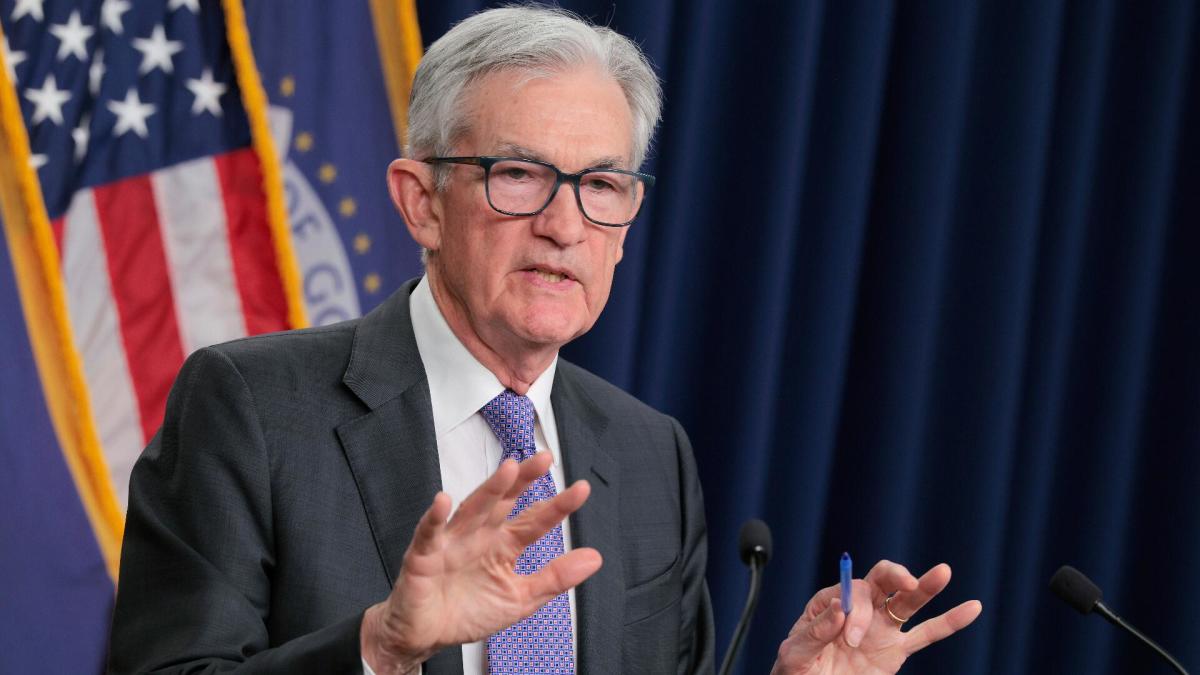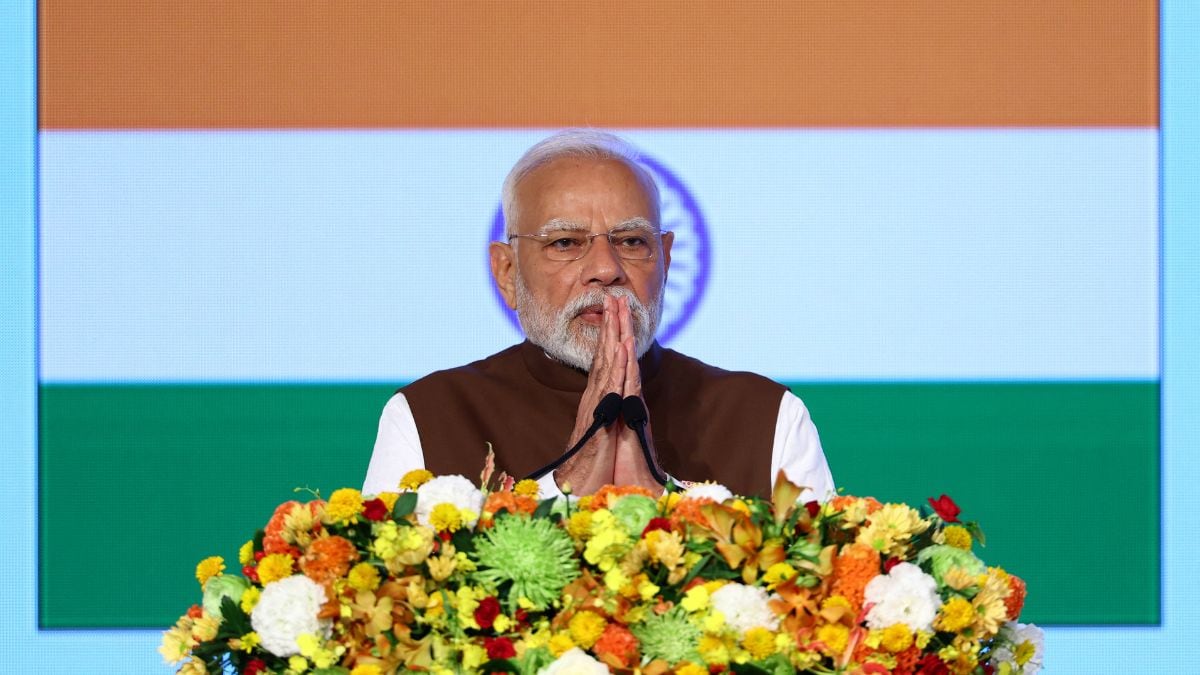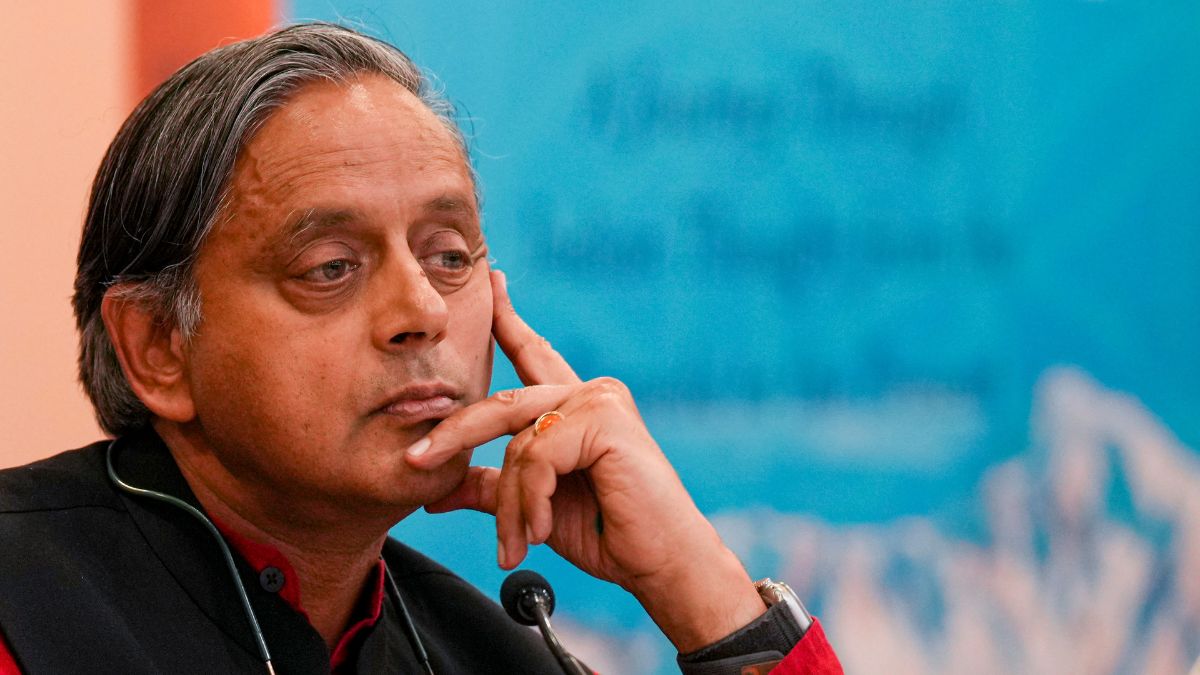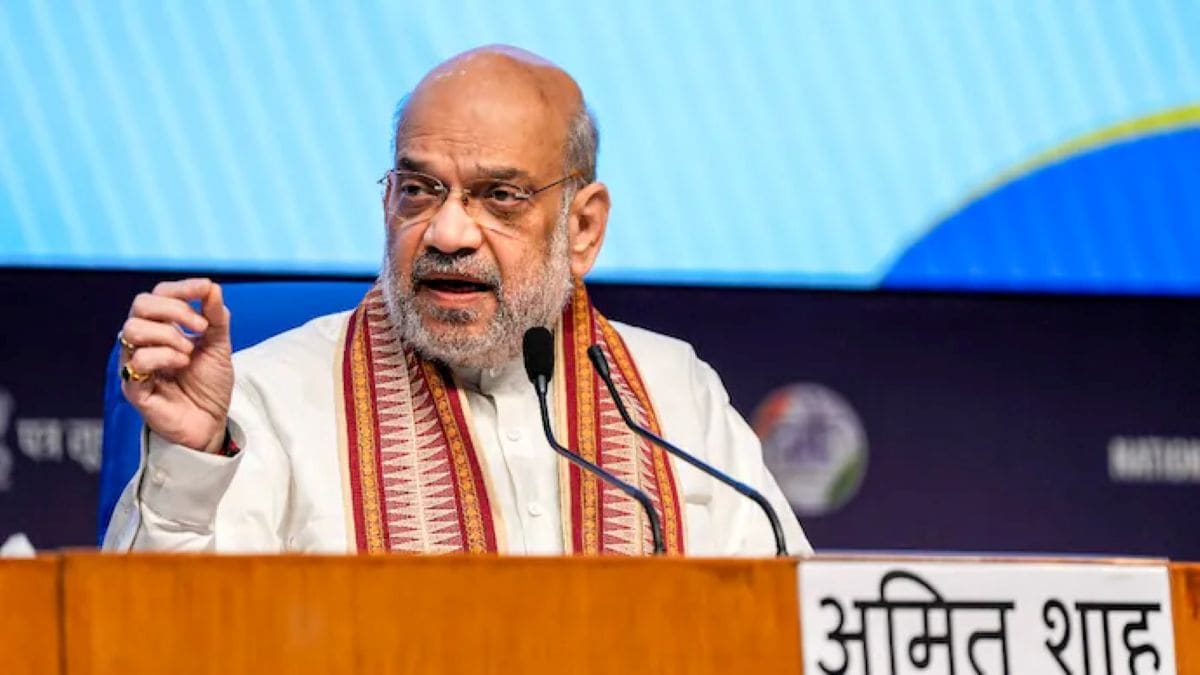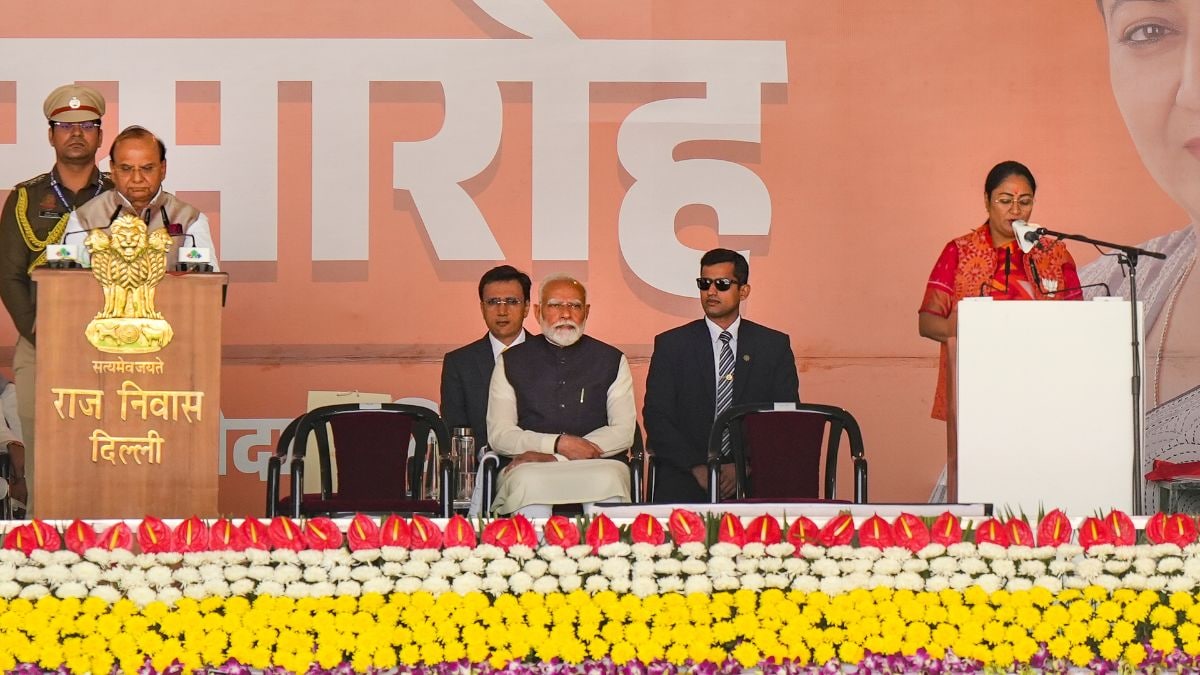Bad news for Shehbaz Shariff as World Bank releases shocking report on Pakistan, it says…
World Bank has released a shocking report on Pakistan. Read here.

Pakistan has been in the news lately for several reasons. First, US President Doland Trump announced a trade deal with Pakistan, touting a joint initiative to develop oil reserves in India(BHARAT)’s terror-harbouring neighbour and even floated the idea that “some day” Islamabad might sell oil to New Delhi. Later Pakistan signed a defence deal with Saudi Arabia, which reflects the “shared commitment of both nations to enhance their security.”
Despite these high-profile agreements, the country is grappling with a severe economic crisis. A recent World Bank (WB) report reveals alarming figures. A recent World Bank (WB) report has raised alarms over the increasing poverty rate in Pakistan, emphasising the urgency for long-term, inclusive reforms to safeguard the country’s most vulnerable communities, according to Dawn.
What did the World Bank report reveal about Pakistan’s poverty rate?
As per the latest report, the poverty rate has increased by 7% over the past three years, standing at 25.3% as of 2024-25 . The report, entitled “Reclaiming Momentum Towards Prosperity: Pakistan’s Poverty, Equity and Resilience Assessment,” represents the first in-depth examination of poverty and welfare in Pakistan in more than two decades, as highlighted by Dawn in its coverage.
Which sectors of the economy are contributing to the crisis?
The research utilizes more than 25 years of data from household surveys, spatial analysis, projections, and several administrative sources. Dawn noted that, after consistently decreasing from 64.3% in 2001-02 to 21.9% in 2018-19, the national poverty rate has begun to rise again since the beginning of 2020.
When did the poverty surge occur, according to the report?
According to the World Bank, this reversal can be attributed to a convergence of overlapping crises, such as the COVID-19 pandemic, inflationary pressures, severe flooding, and macroeconomic instability. Moreover, it notes that the earlier gains in poverty reduction were driven by a consumption-led growth model, which has now exhausted its potential.
The report found that a substantial share of the previous reduction in poverty was attributed to higher income derived from non-agricultural employment, as many households shifted from the agricultural sector into the service sector, Dawn reported, cited news agency ANI. However, Pakistan’s structural transformation has been slow and uneven, which has limited job creation, diversification, and productivity growth.
STORY HIGHLIGHTS
- As per the latest report, the poverty rate has increased by 7% over the past three years.
- The research utilizes more than 25 years of data from household surveys.
- This reversal can be attributed to a convergence of overlapping crises, such as the COVID-19 pandemic, inflationary pressures.
- Pakistan’s structural transformation has been slow and uneven.
The study also underscores the challenges of informal employment, which still accounts for over 85% of jobs, and notes that women and youth remain largely excluded from the labour force. In addition to economic concerns, the report highlights severe social deficits.
(With agencies’ inputs)
What's Your Reaction?





























